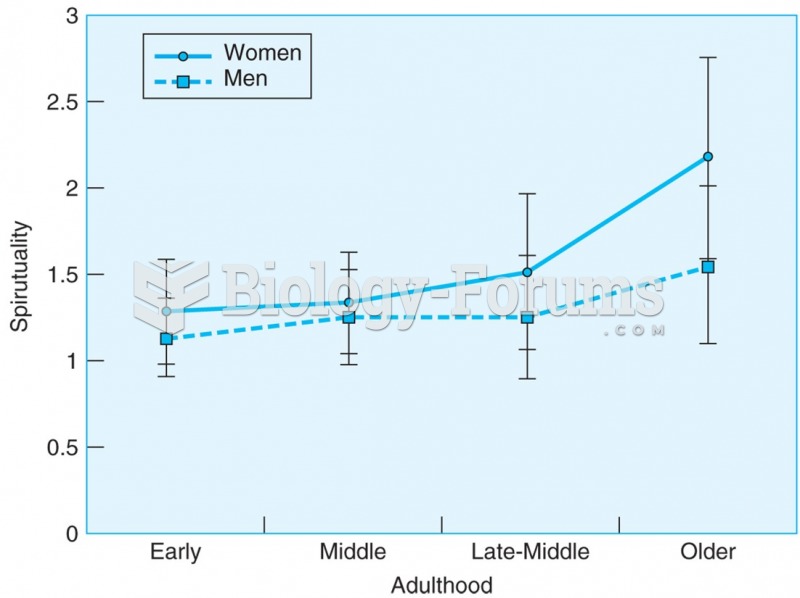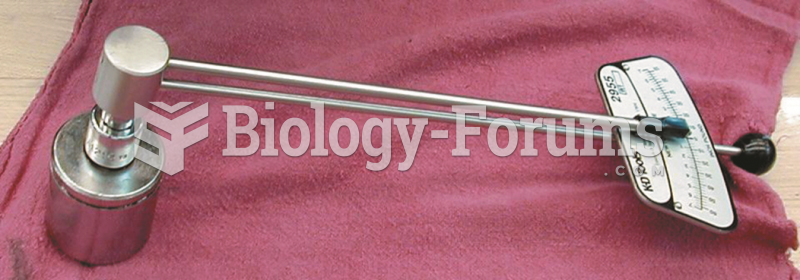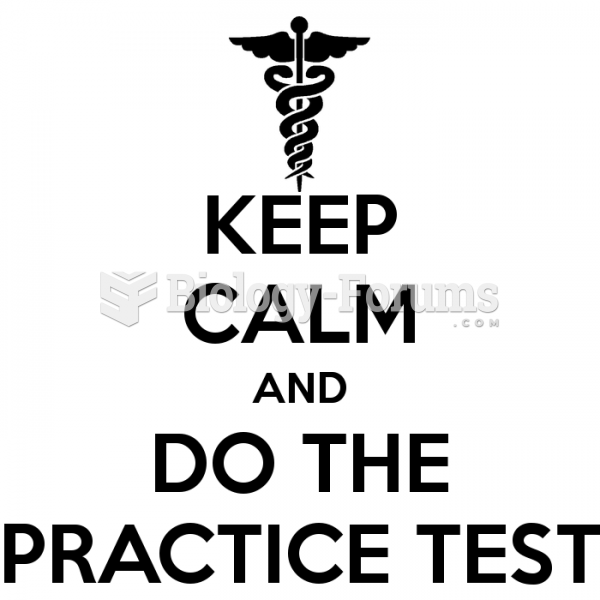|
|
|
Liver spots have nothing whatsoever to do with the liver. They are a type of freckles commonly seen in older adults who have been out in the sun without sufficient sunscreen.
Astigmatism is the most common vision problem. It may accompany nearsightedness or farsightedness. It is usually caused by an irregularly shaped cornea, but sometimes it is the result of an irregularly shaped lens. Either type can be corrected by eyeglasses, contact lenses, or refractive surgery.
For pediatric patients, intravenous fluids are the most commonly cited products involved in medication errors that are reported to the USP.
Adolescents often feel clumsy during puberty because during this time of development, their hands and feet grow faster than their arms and legs do. The body is therefore out of proportion. One out of five adolescents actually experiences growing pains during this period.
According to the American College of Allergy, Asthma & Immunology, more than 50 million Americans have some kind of food allergy. Food allergies affect between 4 and 6% of children, and 4% of adults, according to the CDC. The most common food allergies include shellfish, peanuts, walnuts, fish, eggs, milk, and soy.
 Spirituality increases with age, but there are different patterns for the two genders. Both genders ...
Spirituality increases with age, but there are different patterns for the two genders. Both genders ...
 L-carnitine is a popular dietary supplement. Notice the claims of improving athletic performance and ...
L-carnitine is a popular dietary supplement. Notice the claims of improving athletic performance and ...
 A beam-type torque wrench that displays the torque reading on the face of the dial. The beam display ...
A beam-type torque wrench that displays the torque reading on the face of the dial. The beam display ...




